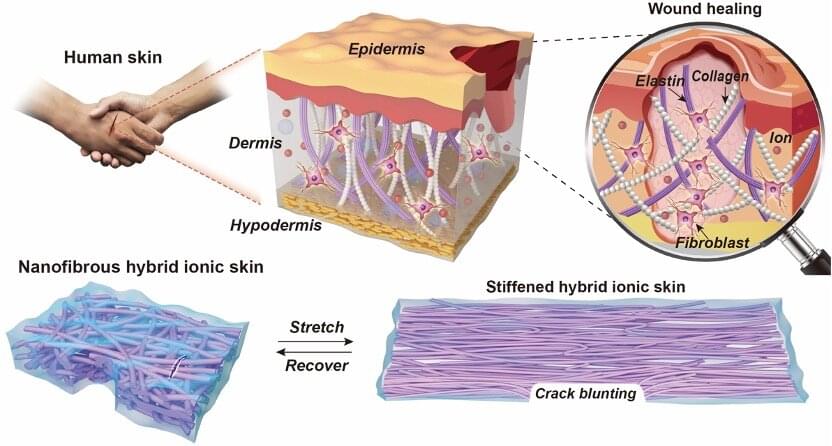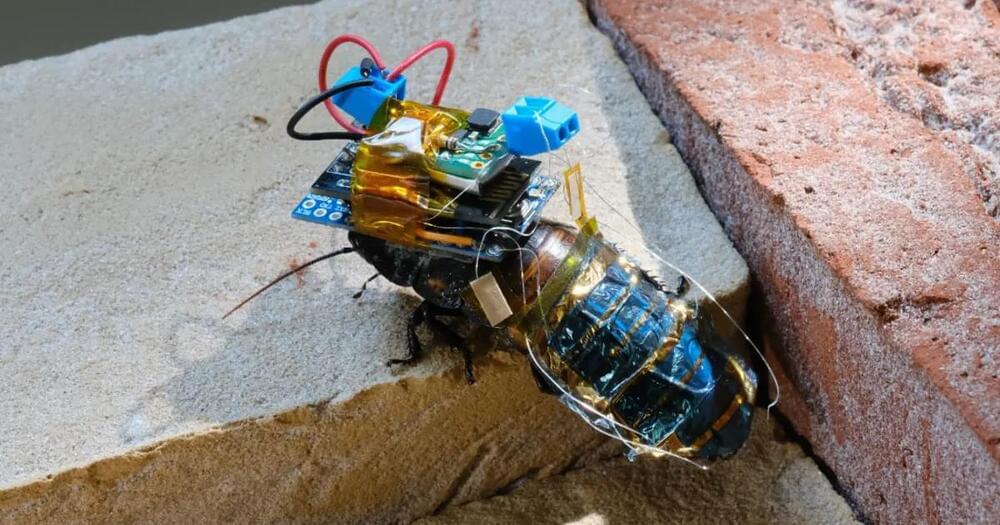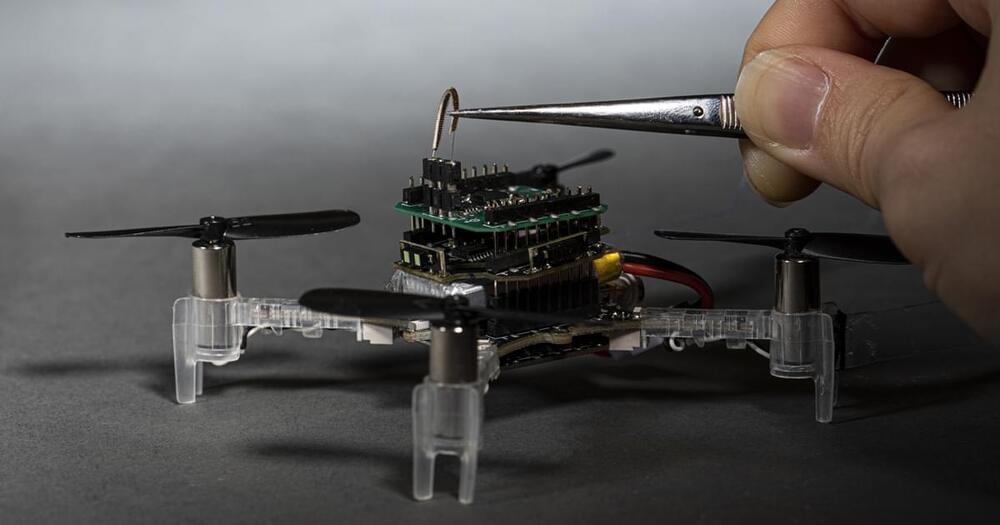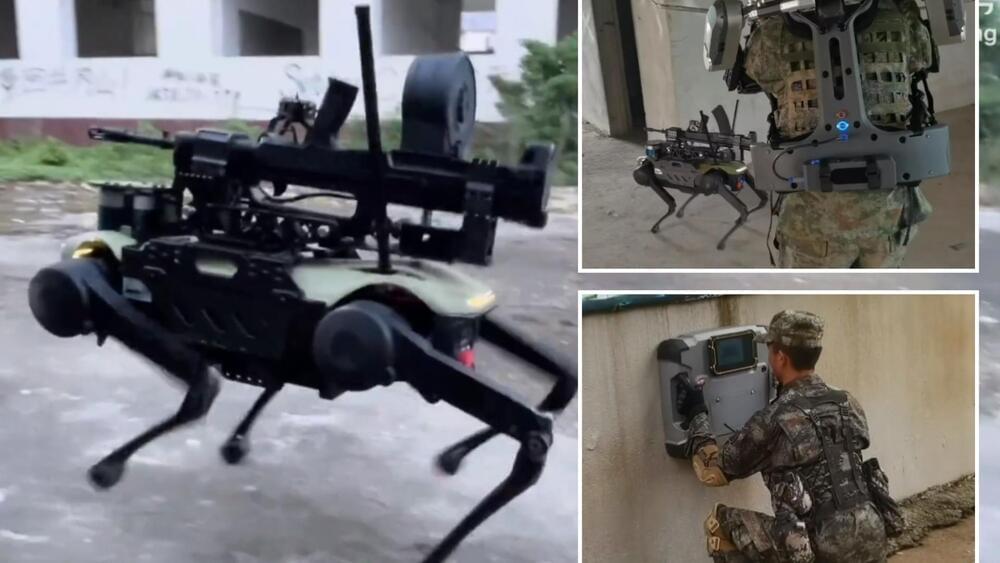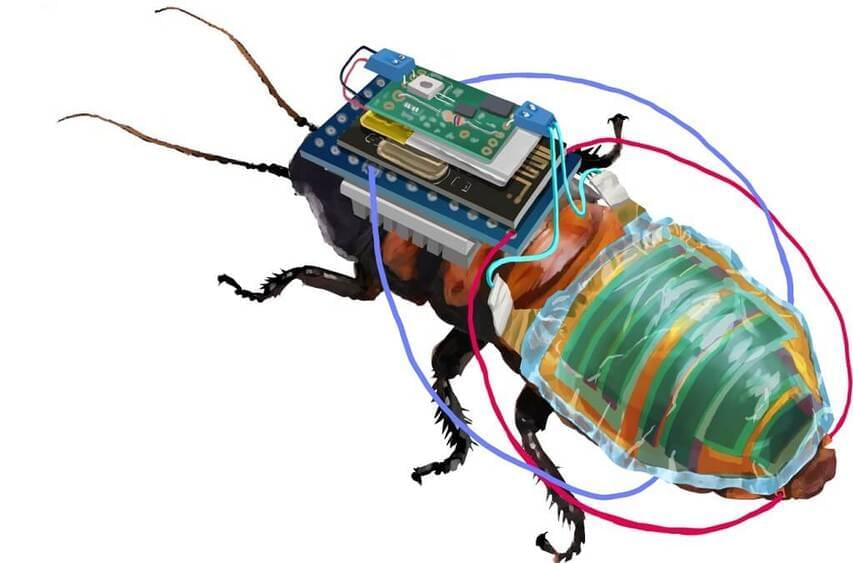Cyborgs transhumanist and futurists.
Museum of Science | Boston, MA
March 28th, 2018
We’ve all heard of Terminator, Blade Runner, and other science fiction about cyborgs. But how far is reality from fiction? Can scientists transform humans into machine-like creatures, stronger, smarter and, who knows, even immortal?
Join us for a unique conversation about our transhumanist future with neuroscientist Ed Boyden, leader of the Synthetic Neurobiology Group and associate professor of Biological Engineering and Brain and Cognitive Sciences at the MIT Media Lab and McGovern Institute for Brain Research; humanist Mark O’Connell, journalist and author of To Be a Machine: Adventures Among Cyborgs, Utopians, Hackers, and the Futurists Solving the Modest Problem of Death; and physicist Marcelo Gleiser, director of the Institute for Cross-Disciplinary Engagement at Dartmouth College.
